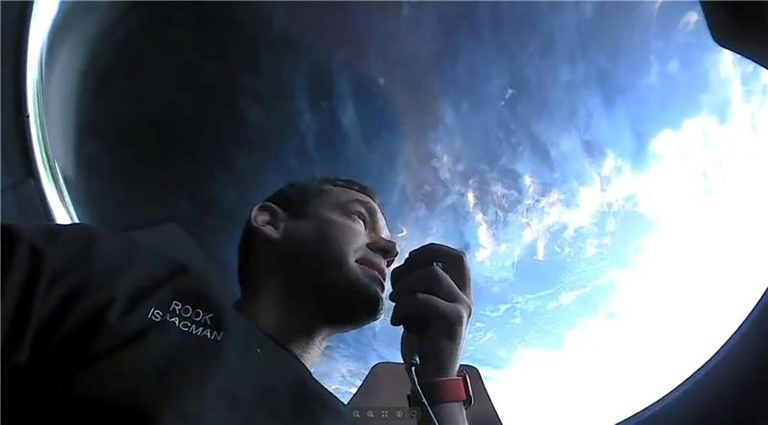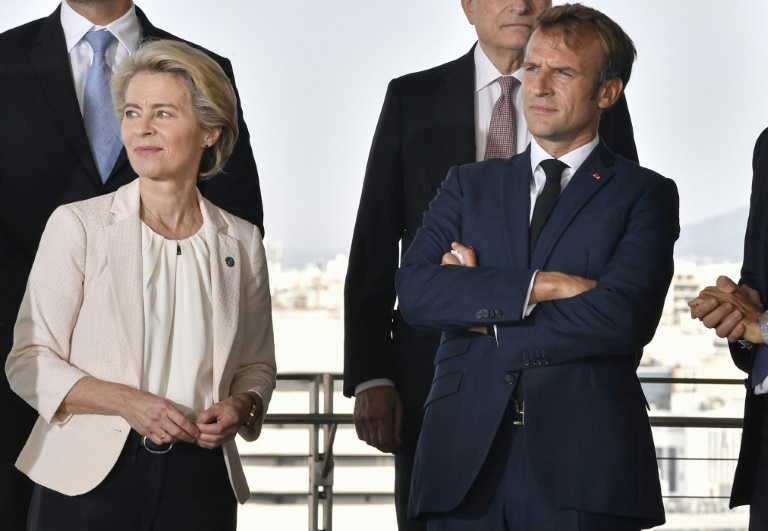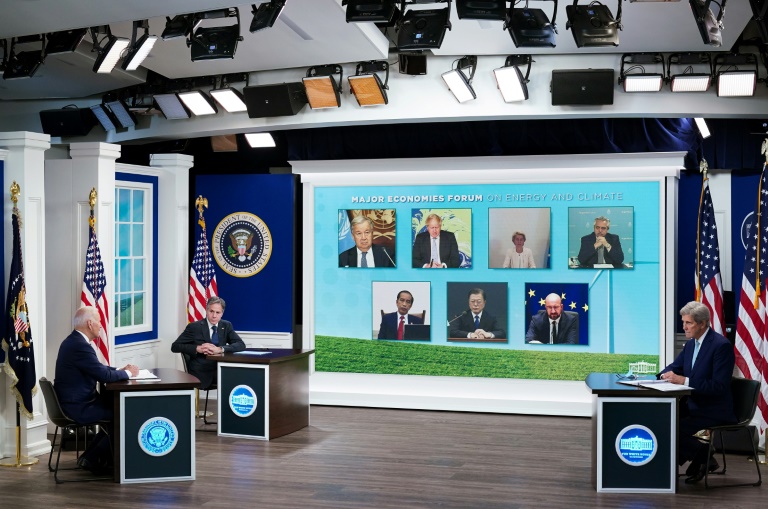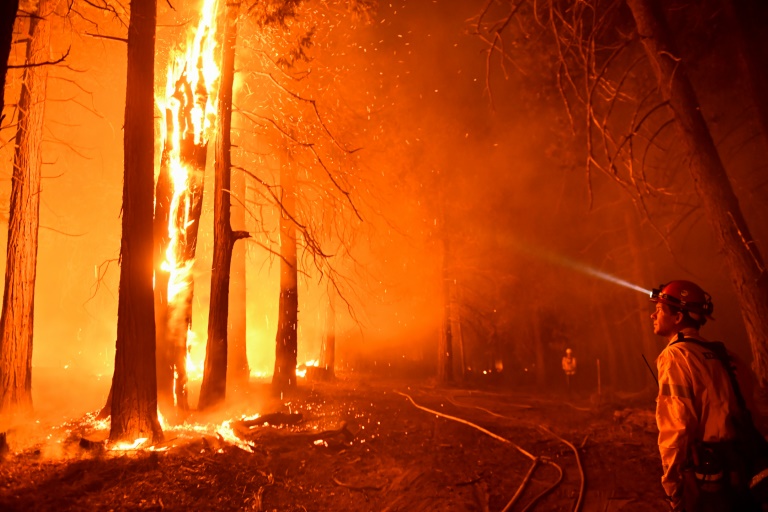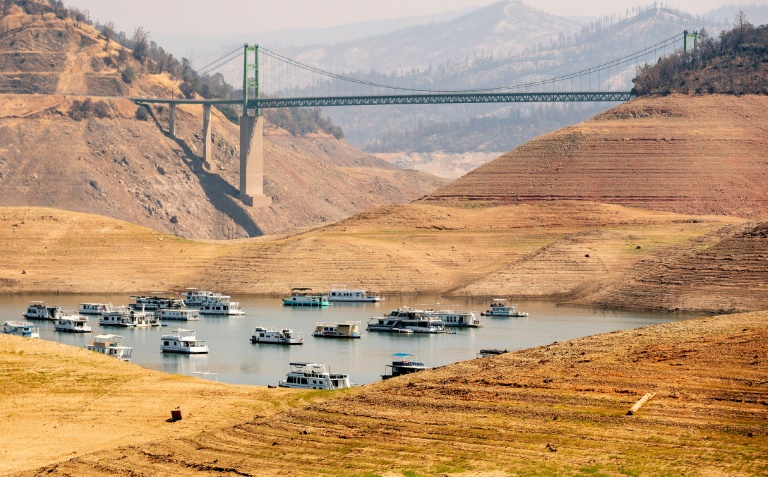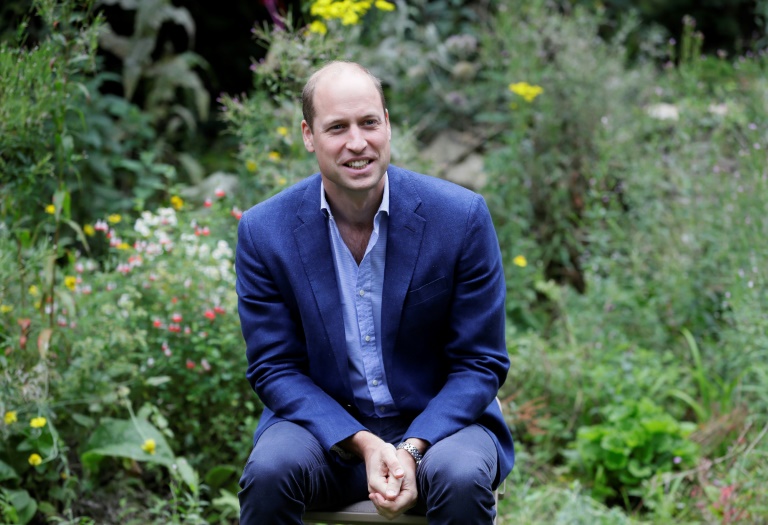What life is like aboard the SpaceX Dragon capsule
The first space tourism mission by Elon Musk’s SpaceX blasted off from Florida on Wednesday and the four crew members — a billionaire and three other Americans — have already seen more than 25 sunsets and sunrises.
SpaceX has released few details about their adventure since they reached an orbit which is more distant than that of the International Space Station.
Here’s what we know about their life on board:
– Nine square meters –
The four space tourists are aboard the SpaceX crew capsule called Dragon.
It is 8.1 meters (26.7 feet) tall and has a diameter of four meters (13 feet).
The capsule is composed of a trunk, which is inaccessible to the crew, upon which sits the living quarters.
The entire volume of the capsule is just 9.3 square meters (328 square feet).
Chris Sembroski, a 42-year-old Air Force veteran who is one of the crew members, has compared it to travelling with friends in a van — one you can’t step away from though if you want to take a break.
– Toilets with a view –
The exact technology behind the toilets aboard the capsule is a SpaceX secret.
But Hayley Arceneaux, one of the four crew members, said in a Netflix documentary that the “bathroom is on the ceiling.”
“Really literally a panel that we take off and there’s like a funnel,” Arceneaux said. “There’s no upside down in space.”
The toilet is located near the clear glass observation dome, or cupola, installed on Dragon, which provides a spectacular 360-degree view of the cosmos.
“When people do inevitably have to use the bathroom, they’re going to have one hell of a view,” billionaire Jared Isaacman, the mission commander, told Business Insider.
Privacy is ensured with a simple curtain.
– ‘Eating, doing chores’ –
SpaceX released a video call Friday between the Inspiration4 crew and patients at St. Jude Children’s Research Hospital in Memphis, Tennessee.
The 29-year-old Arceneaux, who was treated for bone cancer as a child at St. Jude and works there now as a physician assistant, was asked by a patient what the astronauts do for “fun” in space.
She said they have spent time “eating, doing chores and looking out the window at the world.”
Sembroski said they’ve also been doing “a lot of blood tests and glucose monitoring.”
The astronauts were also asked what is their favorite “space food.”
“My favorite space food is pizza which I had yesterday and I’ll probably have for dinner tonight also,” said Sian Proctor, 51, who teaches geology at a small college in Arizona and was a finalist to become a NASA astronaut.
Musical interludes are also planned. Each passenger drew up a 10-song playlist and Sembroski planned to bring his ukelele.
The instrument and other objects are to be auctioned later with the proceeds going to St Jude.
The goal of the mission is to raise $200 million for the hospital, with Isaacman personally donating $100 million.
– Scientific research –
SpaceX tweeted on Thursday that the crew had carried out a “first round of scientific research.”
One of the goals of the mission is to collect data on the effects of the environment of space on complete novices.
Their cardiac rhythms, sleep and blood oxygen levels will be monitored along with radiation exposure.
Their cognitive functions were tested before the flight and will be examined again on their return.


